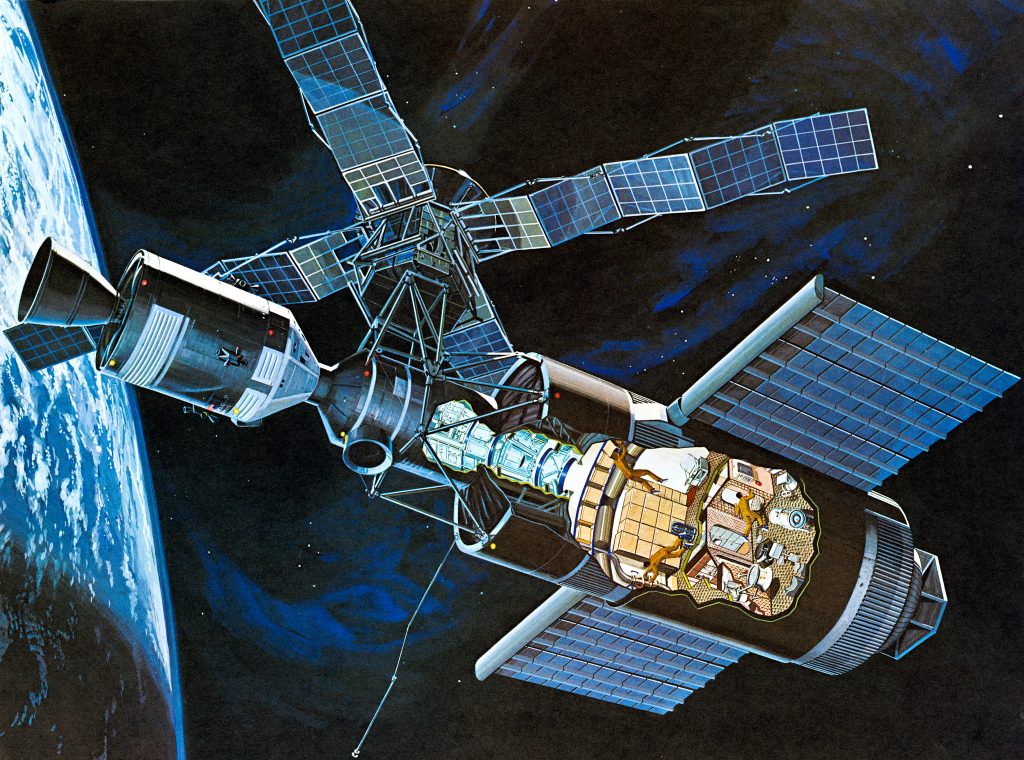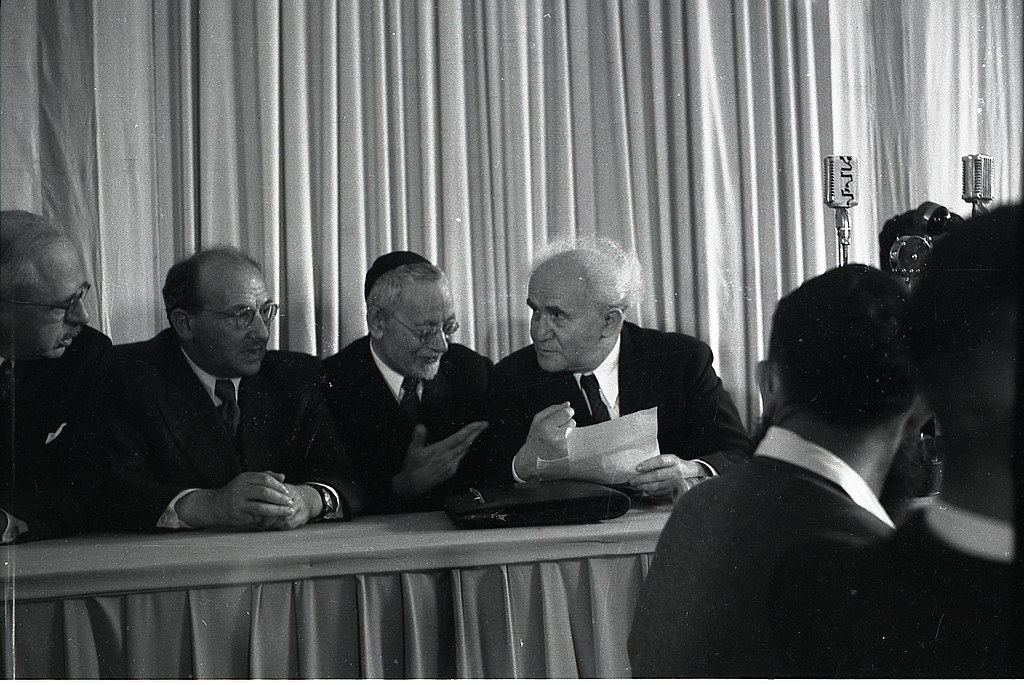A closer look at key historic events that took place on May 14:
In 1998, Frank Sinatra dies
“Ol’ Blue Eyes” had long career and a very public personal life and was one of the most famous performers of his time. He died at age 82.
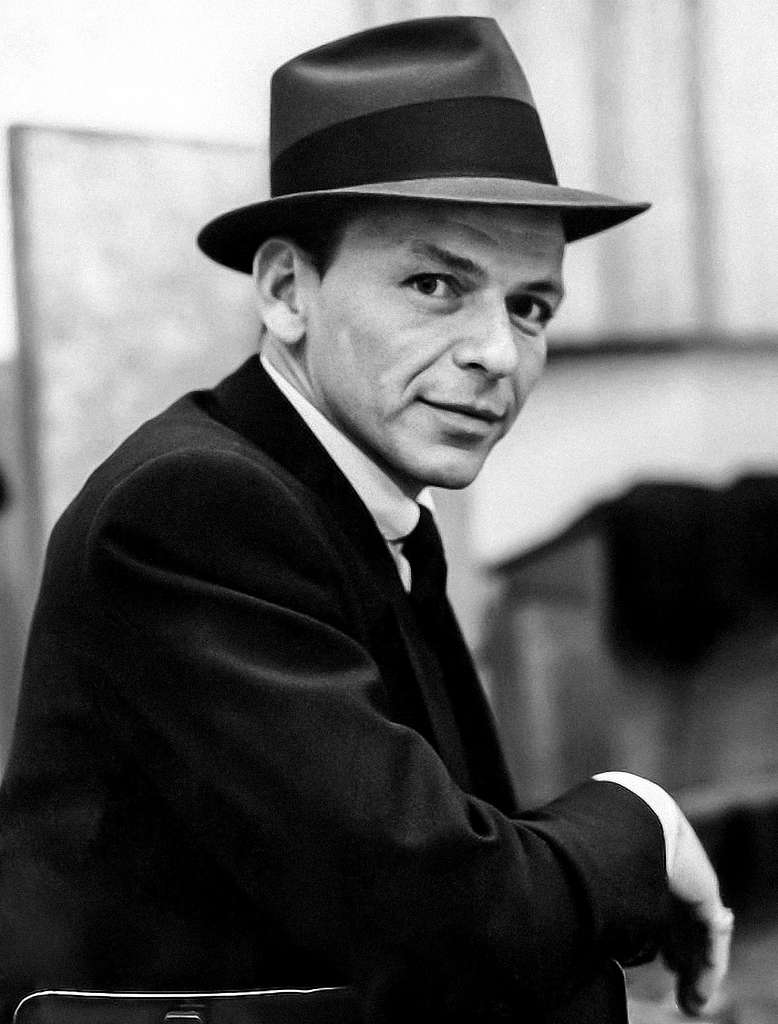
Frank Sinatra in Capitol Studios, circa October 1957, during the recording of Come Fly with Me.
Wikimedia Commons
In 1973, the first US space station is launched
Skylab was operated by NASA and was launched into orbit by a Saturn V rocket. It was used for scientific experiments and observations of the Sun and Earth, as well as for studying the effects of long-duration spaceflight on the human body. Skylab remained in orbit until 1979 when it re-entered the Earth’s atmosphere and disintegrated, scattering debris over the Indian Ocean and Western Australia.
This establishment followed the United Nations General Assembly’s approval of a plan to partition British-administered Palestine into separate Jewish and Arab states. On May 14, Israel declared its independence, and the following day, neighboring Arab states invaded, leading to the Arab-Israeli War of 1948-1949.
In 1804, Lewis and Clark begin their expedition
Their expedition was commissioned by President Thomas Jefferson and their mission was to explore and map the newly acquired Louisiana Territory, find a practical route to the Pacific Ocean, establish trade with indigenous peoples, and gather scientific and geographic information about the region’s flora, fauna, and resources. Meriwether Lewis and William Clark set out from St. Louis, Missouri, and ultimately reached the Pacific coast in 1805-1806.
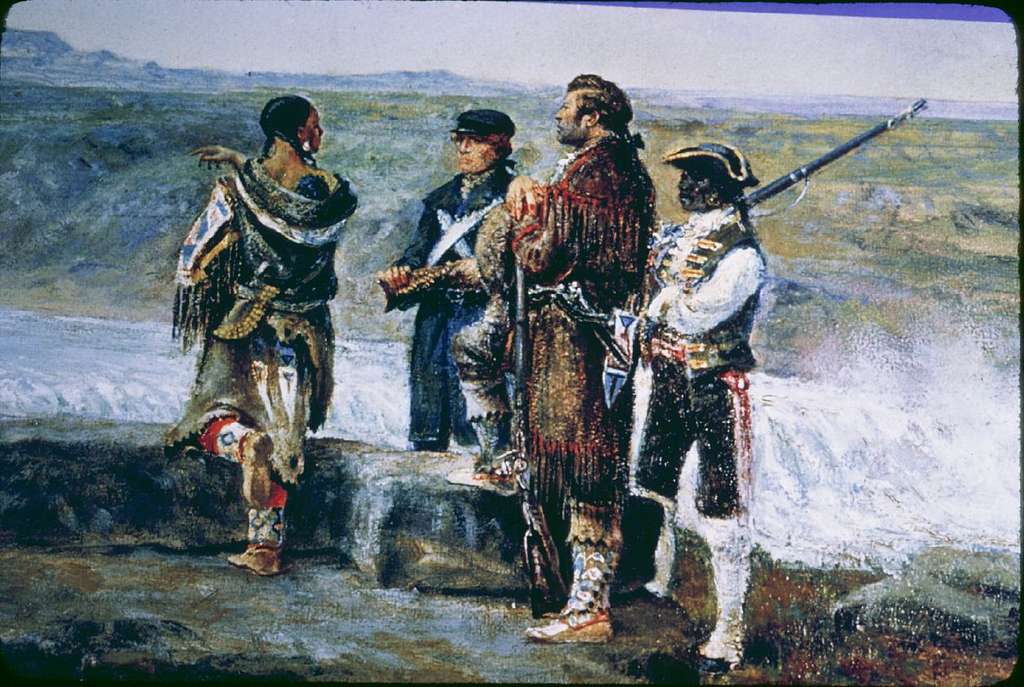
Early Explorations, Lewis and Clark with Sacajawia and York at the Great Falls of the Missouri. (1) ; May 1978. National Parks Gallery
In 1796, the first vaccine against smallpox is administered
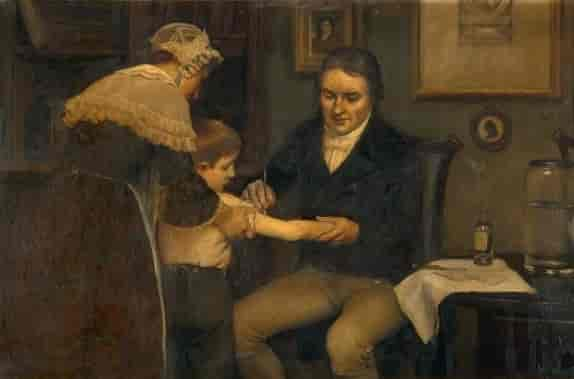
Dr Edward Jenner (1749-1823) performing his first vaccination against smallpox on James Phipps, a boy of eight, May 14, 1796, oil on canvas by Ernest Board (1877-1934), 1920-1930, United Kingdom, 20th century. Public domain photo
In 1643, Louis XIV becomes King of France
He was four years old when he ascended the throne, following the death of his father, Louis XIII. His mother, Anne of Austria, served as regent during his minority. Louis XIV went on to rule France for over 72 years, making his reign one of the longest in European history. He is often referred to as the “Sun King” and is known for his centralization of power, expansion of French territory, and patronage of the arts and culture at the Palace of Versailles.
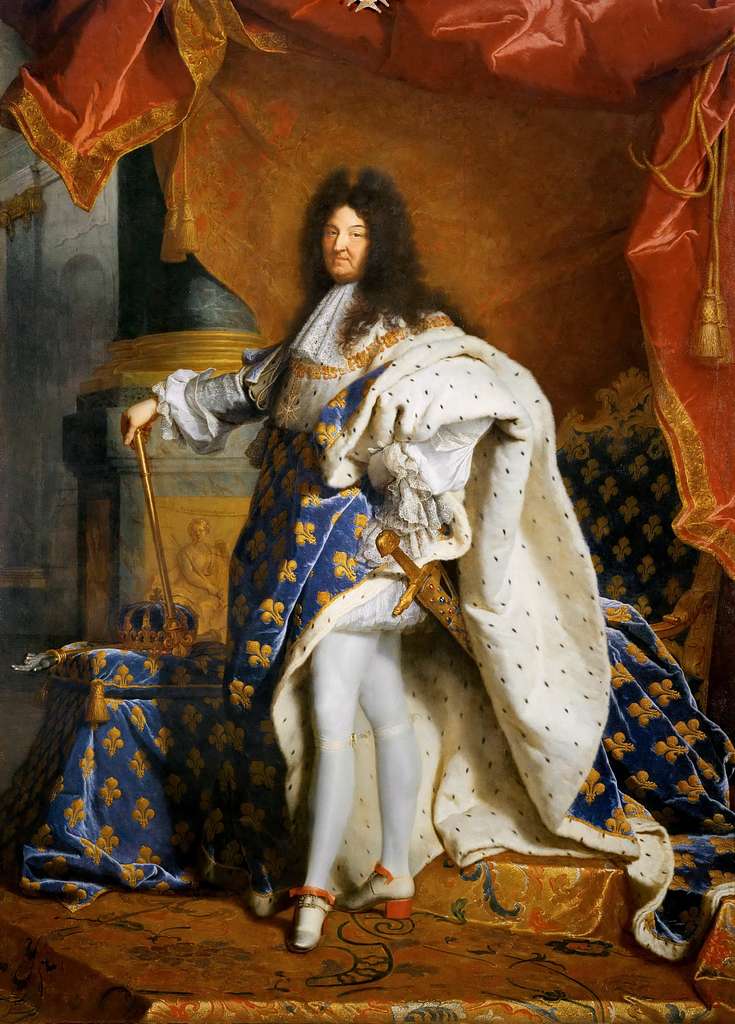
Portrait of Louis XIV of France in Coronation Robes (by Hyacinthe Rigaud) – Louvre Museum. Louvre Museum. picryl
– Don’t miss out on To Vima’s daily “On this Day in History” posts.

